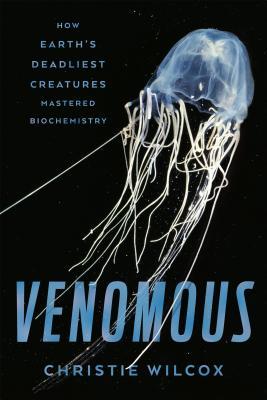 Note: There’s going to be a lot of “this book does this thing kind of poorly… but it does have a redeeming feature to buoy it back up!” I really wouldn’t write about it if it was so mediocre – I don’t have that much time – and if it was outright horrible, you’ll see no trace of it from me here, because I prefer to showcase examples I consider interesting and well-written in whatever topic it is that the material is about. Now, onto Poison!
Note: There’s going to be a lot of “this book does this thing kind of poorly… but it does have a redeeming feature to buoy it back up!” I really wouldn’t write about it if it was so mediocre – I don’t have that much time – and if it was outright horrible, you’ll see no trace of it from me here, because I prefer to showcase examples I consider interesting and well-written in whatever topic it is that the material is about. Now, onto Poison!
I picked this one up while refilling a display around the library (after reading this book, you might think twice before nonchalantly picking up something small like this book with black and red colouration) – proof that our displays are working marvelously, as I took home about 3 or 4 other items about ocean critters that day – and was thinking it’d be a great follow-up to Venomous by Christie Wilcox. Alas, Poison: Sinister Species with Deadly Consequences is actually rather less informative, though perhaps I should have gathered as much by the size of the book and the overall feel of it. I say it is less informative only because it strives less to provide a comprehensive introduction to poisonous animals, than to introduce readers interested in the like to various insects, animals, and other creatures that can pack a punch if you get on their bad side – the great thing about this list for me personally was that I didn’t know about many of the animals introduced here: who knew there were poisonous birds?
